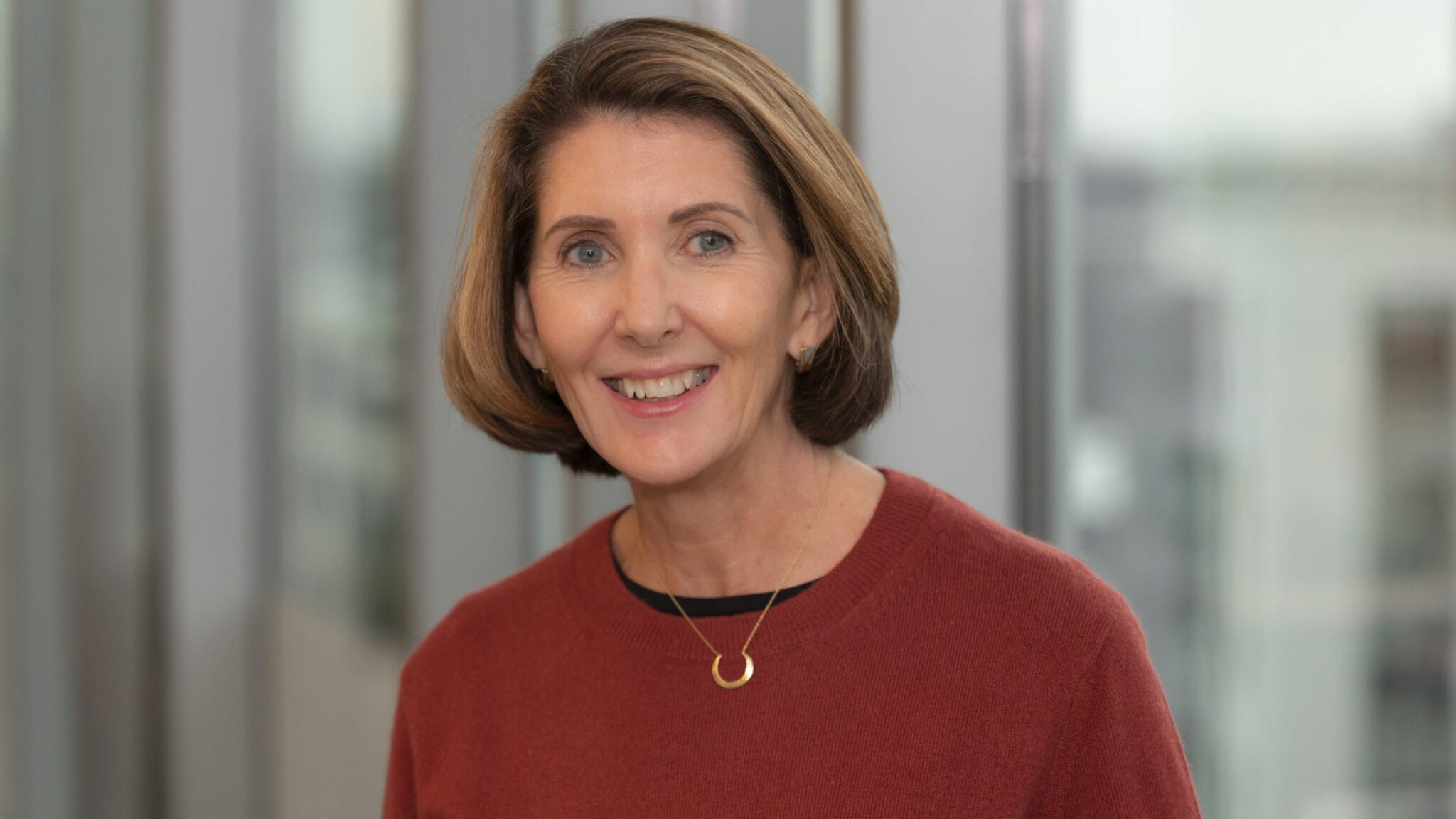
Barbara Weber, Tango Therapeutics CEO (Tango)
It takes two to Tango: The biotech using CRISPR to discover new cancer gene targets rides a $353M SPAC deal to Nasdaq
Editor’s note: Interested in following biopharma’s fast-paced IPO market? You can bookmark our IPO Tracker here.
The latest biotech-SPAC deal has arrived, and it’ …
Sign up to read this article for free.
Get free access to a limited number of articles, plus choose newsletters to get straight to your inbox.